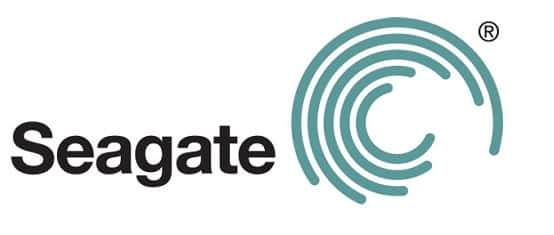StorageReview’s recent notebook drive roundup has opened the door to individual 2.5″ drive reviews. First up is a look at the SATA version of the Momentus 7200.1. Featuring a native serial design coupled with mechanics identical to that of the version reviewed in our earlier roundup, the ST910021AS targets SATA-capable notebooks as well as light-duty
Western Digital Raptor WD740GD-00FLC0
Though we’ve already reviewed the iconoclast Raptor WD740GD twice, a third revision of the drive has made its way into the testbed… and some of the differences are significant. Important enough, in fact, that the drive merits yet another formal writeup. Come with us as SR takes a one last look at WD’s esteemed second-generation
2005 Notebook Drive Roundup
StorageReview meets notebook drives! This initial look at 7 different drives from 5 separate manufacturers takes a look at today’s best 7200 RPM units and how they fare against their more thrifty 5400 RPM counterparts as well as how they differ from full-size desktop-class drives. Join us as we take a look at the storage
Samsung SpinPoint P120
Earlier this year, Samsung was the first manufacturer to follow Seagate’s lead in reaching significantly beyond the 100 GB/platter barrier that has plagued the industry for some time now. The 250 GB SP2504C also represent’s the firm’s first attempt at a native SATA design. How peppy is Samsung’s latest? StorageReview puts the SpinPoint P120 up
Hitachi Deskstar 7K500
This Japanese conglomerate’s latest drive builds upon the solid performance of the 7K400 with an all-new native SATA design that incorporates a second-generation 300 MB/sec interface and Native Command Queuing. The older 7K400 held its own for quite some time… how much better can the new Deskstar 7K500 do? StorageReview puts Hitachi’s latest giant up

Seagate Barracuda 7200.9
Seagate’s new Barracuda 7200.9 essentially rolls the older 7200.8 and 7200.7 lines into one all-encompassing family that delivers a wide range of capacities available in both the PATA and SATA interfaces. Bumping its design to four platters, Seagate has delivered 500 of capacity. StorageReview puts the firm’s highly-anticipated flagship unit to the test and stacks
Seagate NL35
Industry leader Seagate Technology has lagged competitors in releasing a high-capacity, SATA-based products intended for use in the more demanding nearline enterprise environment. Now, however, the company feels that various factors have combined to create a more practical enterprise SATA market. Seagate’s NL35 takes aim at the likes of Maxtor’s MaXLine and WD’s Caviar RE?
Western Digital Caviar RE2 WD4000YR
WD’s second stab at a 7200 RPM enterprise-class drive is quite a different beast than the original “Raid Edition” Caviar. Designed from the ground up as an SATA drive and featuring the manufacturer’s first implementation of NCQ, this 400 GB drive harbors much promise. Does the RE2 deliver? Let’s find out!
Testbed4
One of StorageReview’s hallmarks has been our consistent testbeds that enable direct comparison of a wide variety of drives, not just those found within a given review. Our third-generation Testbed has carried us for more than 3.5 years. Testbed4’s era now dawns. The hardware has been updated. Software has been revised. Temperature assessment has been
Western Digital Caviar SE16 WD2500KS
Unlike the competition, for over two years Western Digital has relied on a PATA – SATA bridge to transition the Caviar and Raptor series to the new standard. Things have finally changed with the Caviar WD2500KS, a desktop-oriented drive designed from the start with SATA in mind. Let’s take a look at how WD’s newest




 Amazon
Amazon